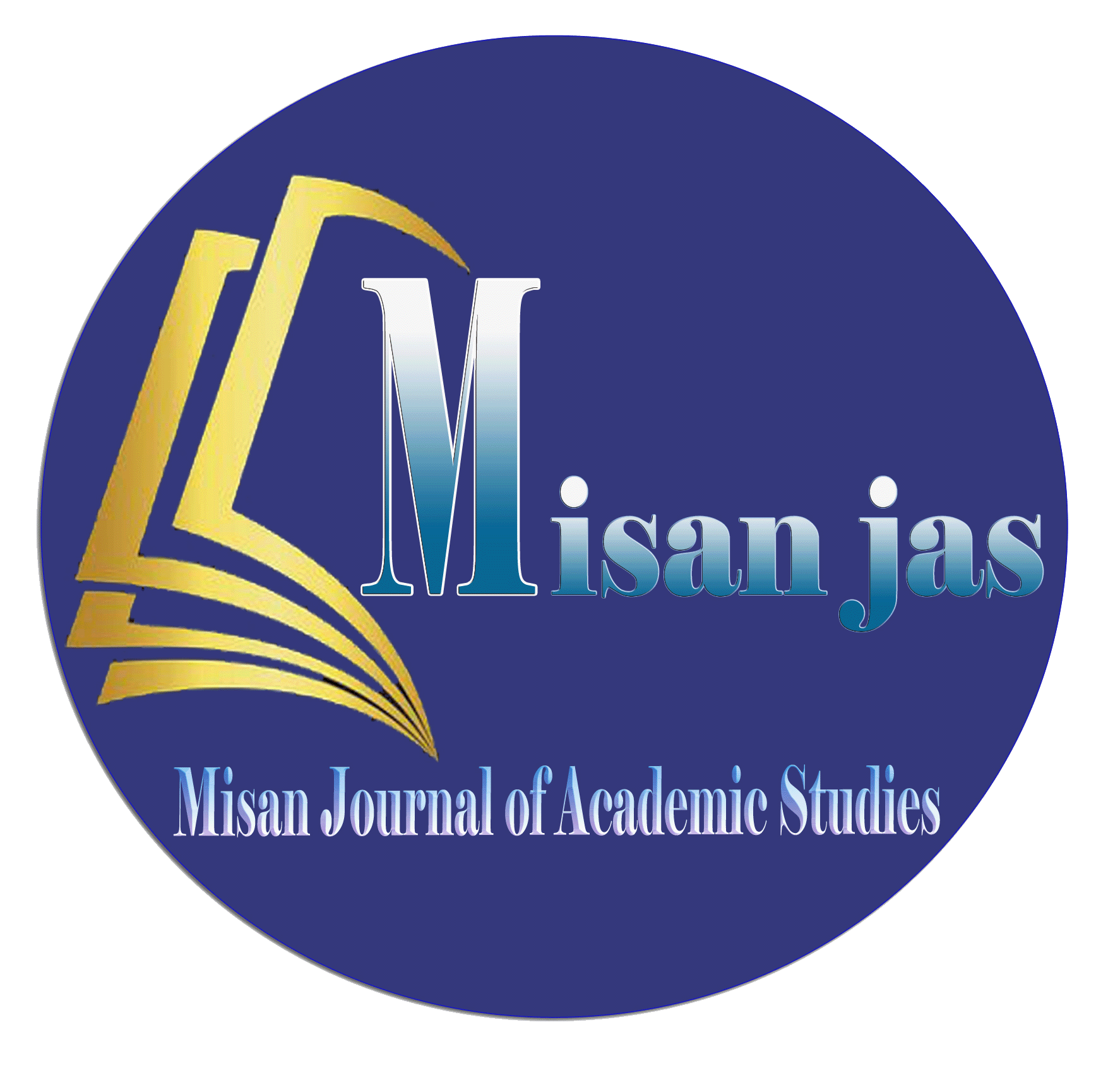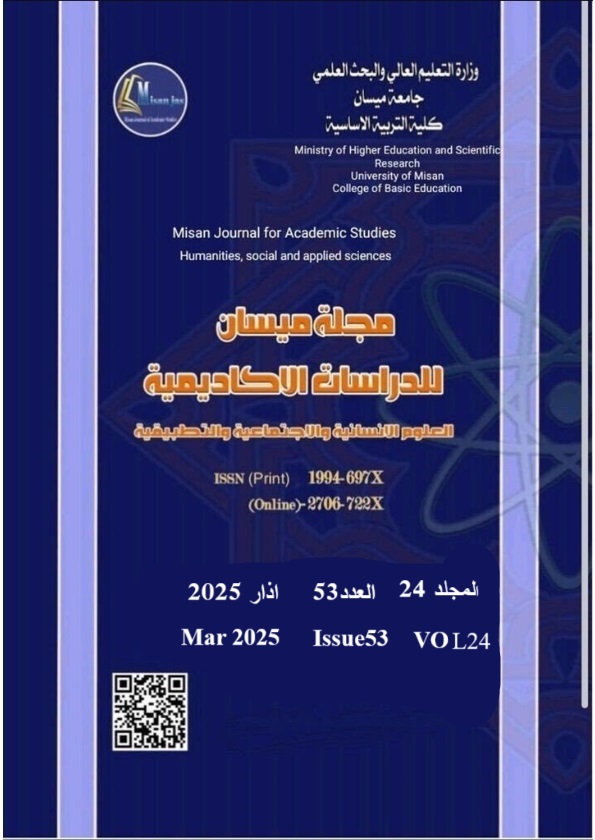¬Schema Theory in Sarah Moss’s ''The Fell'': A Cognitive Stylistic Study
Abstract
It is worth noting that the current study makes use to apply Schema Theory ST to a literary work namely: Sarah Moss's ''The Fell''. It shows the nexus relation between this theory and literary works from one hand and shows the relation with the act of reading and the reader from another.
This study explores the application of ST in Sarah Moss’s The Fell. It focusses on how prior knowledge structures influence discourse structures, perception and conceptualization of the characters, and understanding of a particular narrative. It aims to examine how ST shapes narrative conceptualization, characters’ perception, and thematic flourishing in this contemporary novel. It hypothesizes that Sarah Moss’s The Fell employs schematic expectations to shape the characters’ understanding. It uses the headers of triggering schemas from the literary texts. These headers are precondition, instrumental, local, and internal conceptualization. In addition, the present study also investigates three kinds of schemas. First, the world schemas represented in the content of literary text. Second, the text schemas represented in readers' intuitive retrieving thinking in which the world schemas reveal to the reader during the act of reading, and third the language schemas in which the linguistic construction and style be structured. Finally, the study reveals that The Fell utilizes schema activation to shape reader expectations, enhance psychological realism, reinforce themes of isolation, and contribute to cognitive stylistics.
Downloads
Copyright (c) 2025 (Humanities, social and applied sciences) Misan Journal of Academic Studies

This work is licensed under a Creative Commons Attribution-NonCommercial-NoDerivatives 4.0 International License.
The copyright is also the copyright of the magazine only.
All articles published in our magazine are subject to license terms
Creative Commons Attribution(CC BY-NC-ND 4.0) This license permits the content to be reproduced, redistributed and reused in whole or in part for any purpose free of charge, without any permission from the author(s), researcher or student.
Works submitted to Maysan Journal of Academic Studies for publication in the journal (CC BY-NC-ND 4.0) license terms. Where available content can be shared, distributed and replicated provided there is no commercial profit and appropriate credit must be given to the original source through sources or citations. It is mandatory to review any material used from other sources including shapes, tables, and images for re-use under the terms of the Creative Commons License (CC BY-NC-ND 4.0).Provided that there is no modification to the original content



